Hankui Hankz Zhuo
Learning Visual Planning Models from Partially Observed Images
Nov 25, 2022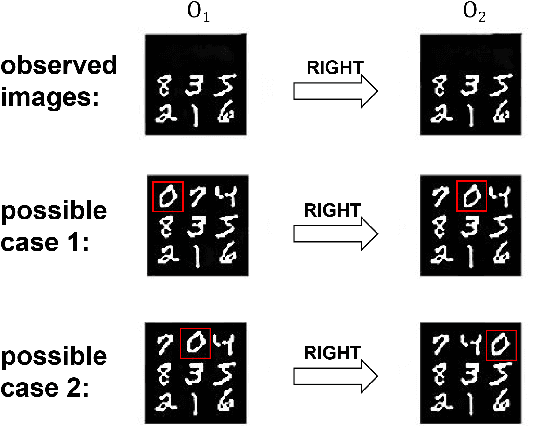

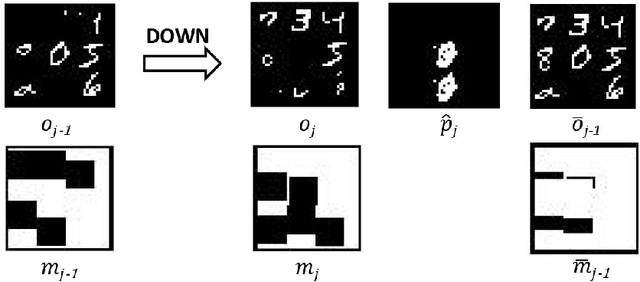

Abstract:There has been increasing attention on planning model learning in classical planning. Most existing approaches, however, focus on learning planning models from structured data in symbolic representations. It is often difficult to obtain such structured data in real-world scenarios. Although a number of approaches have been developed for learning planning models from fully observed unstructured data (e.g., images), in many scenarios raw observations are often incomplete. In this paper, we provide a novel framework, \aType{Recplan}, for learning a transition model from partially observed raw image traces. More specifically, by considering the preceding and subsequent images in a trace, we learn the latent state representations of raw observations and then build a transition model based on such representations. Additionally, we propose a neural-network-based approach to learn a heuristic model that estimates the distance toward a given goal observation. Based on the learned transition model and heuristic model, we implement a classical planner for images. We exhibit empirically that our approach is more effective than a state-of-the-art approach of learning visual planning models in the environment with incomplete observations.
Refining HTN Methods via Task Insertion with Preferences
Nov 29, 2019


Abstract:Hierarchical Task Network (HTN) planning is showing its power in real-world planning. Although domain experts have partial hierarchical domain knowledge, it is time-consuming to specify all HTN methods, leaving them incomplete. On the other hand, traditional HTN learning approaches focus only on declarative goals, omitting the hierarchical domain knowledge. In this paper, we propose a novel learning framework to refine HTN methods via task insertion with completely preserving the original methods. As it is difficult to identify incomplete methods without designating declarative goals for compound tasks, we introduce the notion of prioritized preference to capture the incompleteness possibility of methods. Specifically, the framework first computes the preferred completion profile w.r.t. the prioritized preference to refine the incomplete methods. Then it finds the minimal set of refined methods via a method substitution operation. Experimental analysis demonstrates that our approach is effective, especially in solving new HTN planning instances.
Representation Learning for Classical Planning from Partially Observed Traces
Jul 19, 2019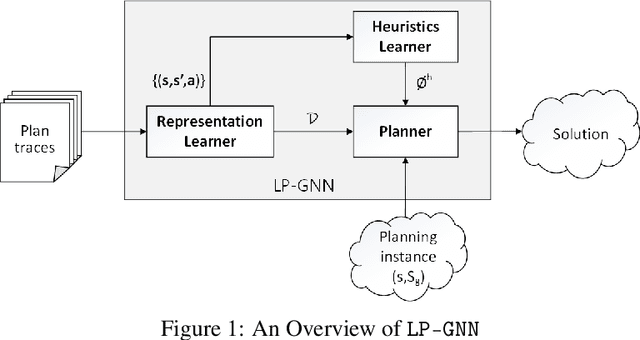
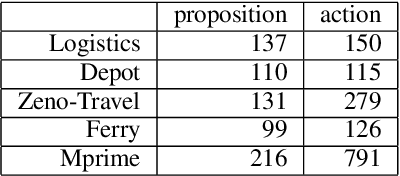
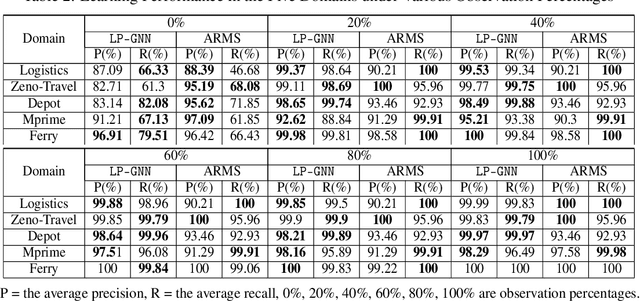
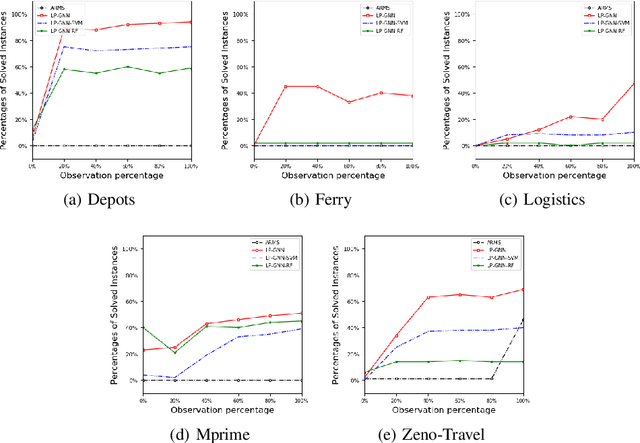
Abstract:Specifying a complete domain model is time-consuming, which has been a bottleneck of AI planning technique application in many real-world scenarios. Most classical domain-model learning approaches output a domain model in the form of the declarative planning language, such as STRIPS or PDDL, and solve new planning instances by invoking an existing planner. However, planning in such a representation is sensitive to the accuracy of the learned domain model which probably cannot be used to solve real planning problems. In this paper, to represent domain models in a vectorization representation way, we propose a novel framework based on graph neural network (GNN) integrating model-free learning and model-based planning, called LP-GNN. By embedding propositions and actions in a graph, the latent relationship between them is explored to form a domain-specific heuristics. We evaluate our approach on five classical planning domains, comparing with the classical domain-model learner ARMS. The experimental results show that the domain models learned by our approach are much more effective on solving real planning problems.
 Add to Chrome
Add to Chrome Add to Firefox
Add to Firefox Add to Edge
Add to Edge